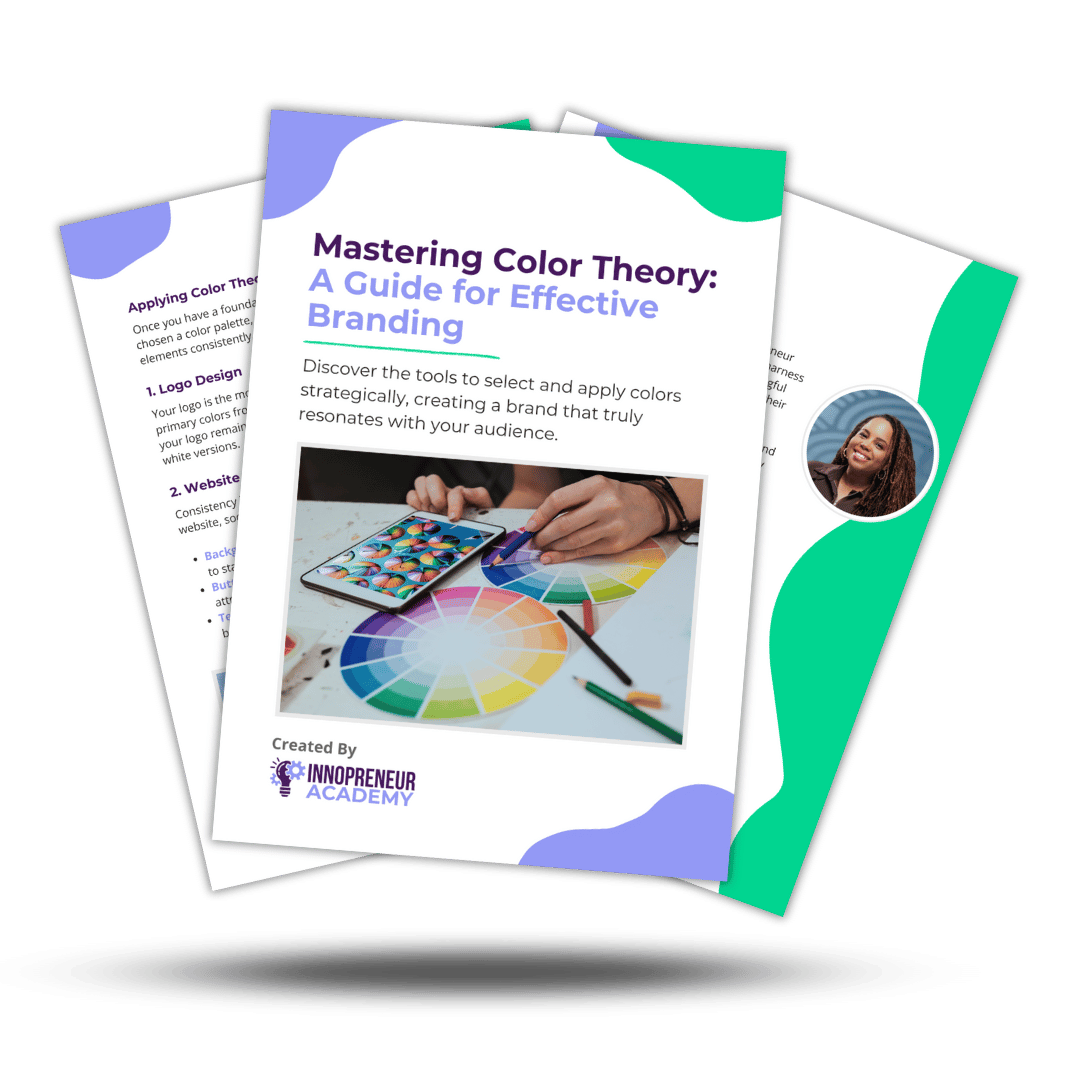
How Design Thinking Can Simplify Business Planning for Entrepreneurs
May 26, 2025Starting a business is exciting, but let’s face it — it can also feel like a chaotic mess of ideas, to-do lists, and confusion. If you're a new entrepreneur, especially a beginner, chances are you’ve asked yourself:
-
"Where do I start?"
-
"How do I even build a business plan that makes sense?"
-
"What if I'm missing something important?"
Enter design thinking: a creative, structured approach that simplifies the chaos and transforms it into clarity. At Innopreneur Academy, we guide new business owners through this exact process to develop mission, vision, scoping, and branding that actually makes sense.
In this blog post, you’ll discover how to use design thinking to simplify business planning, one manageable step at a time. Ready to turn your big idea into a focused, actionable plan? Let’s go!
Step 1: Empathize – Understand Your Audience
Great businesses don’t start with products. They start with people. The first step in design thinking is empathy: deeply understanding your audience.
What to Do:
-
Interview potential customers.
-
Observe their challenges.
-
Ask open-ended questions like "What frustrates you about this?"
What You’ll Discover:
-
Real problems worth solving.
-
Emotional insights that shape your brand's voice.

Step 2: Define – Clarify the Problem
After collecting insights, it’s time to clearly define the problem you want to solve.
What to Do:
-
Look for patterns in your research.
-
Write a single problem statement starting with: "[Customer] needs a way to [solve this problem] because [reason]."
Why This Matters:
-
It simplifies your entire business model by giving you a laser focus.
-
It avoids the common mistake of trying to solve everything for everyone.
Best Practice: Use sticky notes or digital whiteboards like Miro to map problems and insights visually.
Step 3: Ideate – Brainstorm Solutions
This is where your creativity can flow. With a clear problem in mind, come up with a wide range of possible solutions.
What to Do:
-
Brainstorm without judging ideas.
-
Involve others in the process to get diverse perspectives.
-
Prioritize ideas based on impact and feasibility.

Step 4: Prototype – Create a Rough Draft
Now that you’ve selected an idea, turn it into a tangible form.
What to Do:
-
Build wireframes, mockups, or a sample of your offer.
-
Use free tools like Canva for visuals or Notion for simple landing pages.
Why This Works:
-
It helps you test your idea before fully launching.
-
It reduces risk and cost while increasing clarity.
Step 5: Test – Get Real Feedback
Put your prototype in front of your audience and gather feedback.
What to Do:
-
Offer a beta test.
-
Ask users to describe their experience in their own words.
-
Track what they love, where they struggle, and what’s missing.
Common Mistake:
-
Avoid falling in love with your first idea. Be open to pivot based on what you learn.
GET THE BRAND IDENTITY PLAYBOOK NOW – Use it to test your brand clarity with real-world feedback tools!
Step 6: Implement – Build Your Business Plan with Confidence
Now that you’ve validated your idea, it’s time to build your simplified business plan.
What to Include:
-
Your mission and vision statements.
-
Defined customer persona.
-
Clear value proposition.
-
Core offers and brand strategy.
Tool Tip: Use the sections of your tested prototype as direct input into your business plan. You’ve already done the work; now you’re just organizing it.

Additional Tips for Beginners Using Design Thinking
-
Stay flexible: Business planning isn't one-and-done. Design thinking embraces iteration.
-
Simplify, don’t complicate: If it feels too complex, go back to the problem statement.
-
Engage your audience: Always include your audience in your testing phases. Real feedback builds stronger businesses.
-
Document everything: Use journals or tools like Trello or Notion to track each phase.
Mistakes to Avoid:
-
Skipping the empathy stage.
-
Rushing into solutions without testing.
-
Building a business based on assumptions, not data.
Conclusion: Clarity is a Choice
Building a business doesn’t have to feel overwhelming. When you apply design thinking, you take the guesswork out of the process and replace it with clarity, confidence, and strategic insight.
Whether you're a new entrepreneur or a beginner feeling lost in the fog, this approach gives you a step-by-step map to simplify business planning and move forward with purpose.
At Innopreneur Academy, we help you take this journey further with hands-on guidance, easy-to-follow frameworks, and supportive tools designed just for you.
GET THE BRAND IDENTITY PLAYBOOK NOW – and start building a business that actually makes sense.


